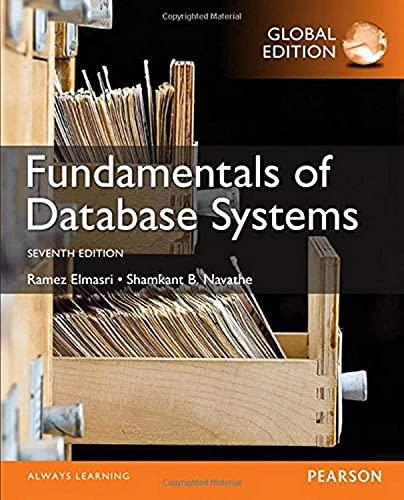Question
A in = { < M, w > |M accepts w without moving to a blank cell} Show if this problem is decidable, semi-decidable, co-semi-decidable
Ain = {< M, w > |M accepts w without moving to a blank cell}
Show if this problem is decidable, semi-decidable, co-semi-decidable and or higher in the arithmetic hierarchy.
First rewrite the problem descriptions using quantifiers and verifiers (use VA,VR,VH for checking that a computation is accepting, rejecting and halting, respectively. ) Then prove that the problem is either decidable, semi-decidable, co-semi-decidable and or higher in the arithmetic hierarchy. Remember that to prove that a problem is in a complexity class (decidable, semi-decidable, co-semi-decidable) you need to give an algorithm, and to prove that the problem is not in the class, give a reduction. You can use AT M for most reductions, except use a single reduction from a harder problem for the one higher in the arithmetic hierarchy (you can do two reductions there if you find it easier). Use reductions for all hardness proofs, not the argument by contradiction as in the proof that ATM is undecidable!
please provide detailed comments on how you solved each step of the problem. Please DO NOT JUST write the answer without explaining how you derived it.
Step by Step Solution
There are 3 Steps involved in it
Step: 1

Get Instant Access to Expert-Tailored Solutions
See step-by-step solutions with expert insights and AI powered tools for academic success
Step: 2

Step: 3

Ace Your Homework with AI
Get the answers you need in no time with our AI-driven, step-by-step assistance
Get Started


